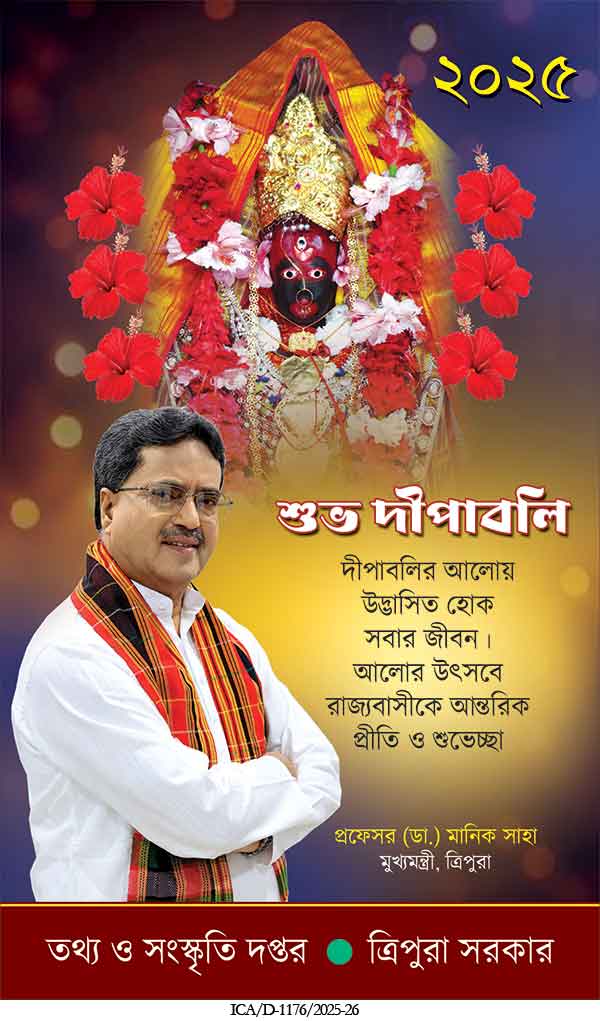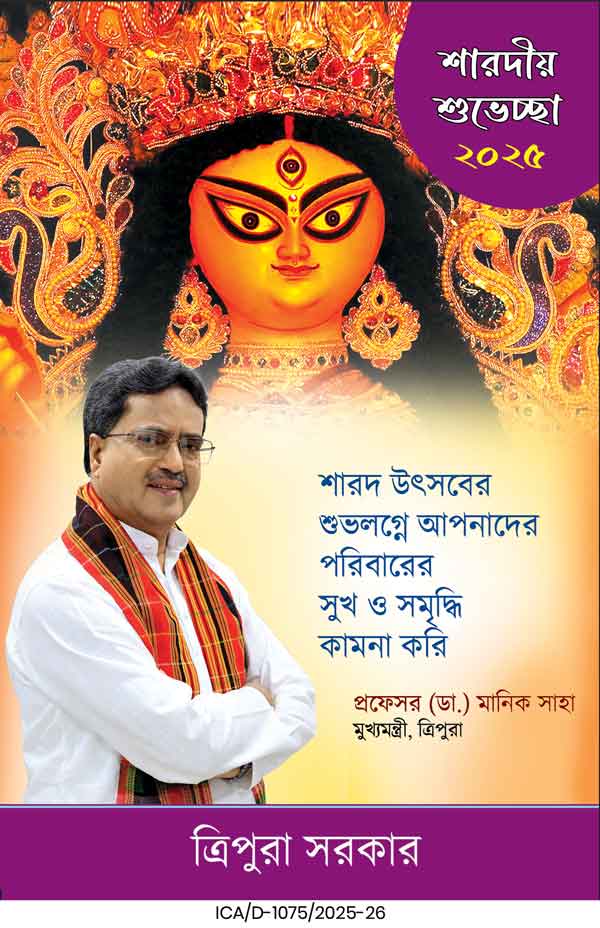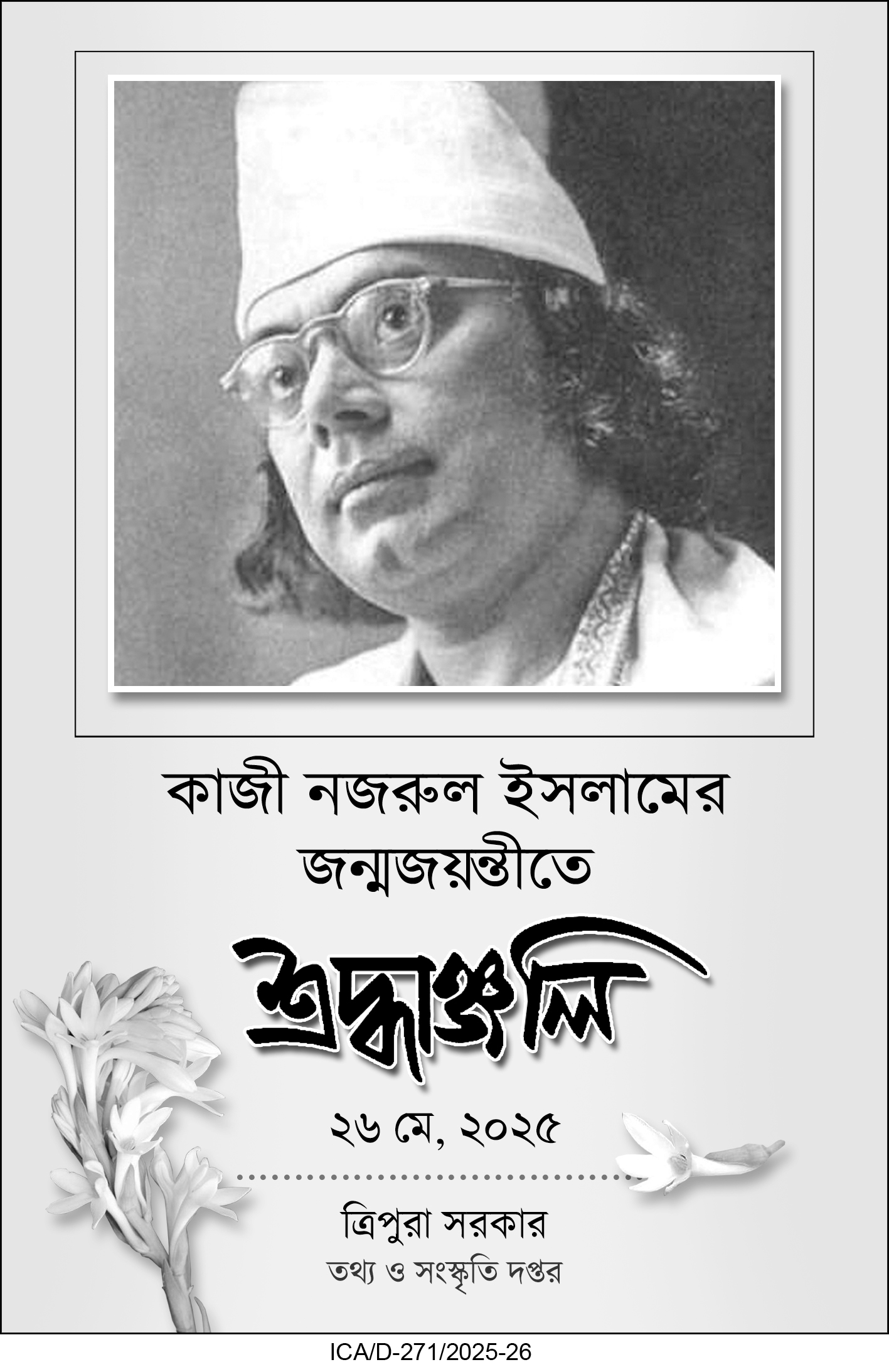Tripura Police’s Anti-Human Trafficking Unit has booked over 300 border touts for facilitating illegal entry of Bangladeshi immigrants. Officials identified hotspots like Belonia, Sepahijala, and Sidhai Mohanpur, where touts earn ₹5,000–₹7,000 per migrant.
The Anti-Human Trafficking Unit (AHTU) of Tripura Police has booked more than 300 border touts in recent years for facilitating the illegal entry of Bangladeshi immigrants into India, officials confirmed. The crackdown highlights the persistent challenge of cross-border infiltration and the growing involvement of organized networks that exploit vulnerable migrants for profit.
A senior police official, speaking exclusively to Tripura Times, clarified that while human trafficking remains a major concern across India, cases of Tripura residents being trafficked out of the state are virtually non-existent. “In 2021, a case initially registered as human trafficking was later found to be a case of elopement. But since then, trafficking sections are being increasingly invoked against touts who act as middlemen, assisting Bangladeshi nationals to cross into Indian territory illegally,” the official said.
Sharp Rise in Cases Since 2022
According to police data, 2022 marked a significant increase in cases, with around 100 border touts booked that year. The numbers further rose in 2023. Although there was a drop in 2024—with about 60 cases registered—the trend has continued into 2025, where 50–60 cases have already been recorded so far. This brings the total tally of booked touts to over 300.
The data, officers explained, indicates a shifting pattern in illegal migration activities rather than a complete decline. “These numbers highlight that touts remain active despite security checks. Whenever there is stricter enforcement at one route, they explore alternative paths,” the source added.
Identified Hotspots of Infiltration
Tripura Police have identified three key infiltration hotspots—Belonia subdivision in South Tripura, Sepahijala district, and Sidhai Mohanpur in West Tripura. The majority of Bangladeshi nationals detained by authorities reportedly entered the state through these vulnerable points.
According to the official, touts on the Indian side maintain constant contact with their Bangladeshi counterparts through internet-based calls. “The route is finalized during these communications, and each person crossing earns the Indian touts anywhere between ₹5,000 to ₹7,000,” he explained.
The infiltration usually takes place under the cover of darkness. Migrants either cut through barbed-wire fencing or use underground tunnels to slip past Border Security Force (BSF) patrols. “These crossings are timed either at midnight or early morning when BSF shifts its patrol units,” the officer revealed.
Why Bangladeshis Cross Into Tripura
The inflow of Bangladeshi nationals into Tripura has long been tied to socio-economic and political factors. Police sources listed four main reasons behind the migration:
Search for Employment: The majority of migrants enter India in search of livelihood opportunities. Women often find jobs in small beauty parlours or as domestic helps, earning up to ₹30,000 per month. Men take up menial jobs in construction, agriculture, and other low-income sectors.
Permanent Settlement: Some immigrants cross over for permanent settlement, particularly those affected by political persecution in Bangladesh. The change of political leadership in Dhaka in 2024 reportedly led to a surge in politically displaced individuals seeking refuge in Tripura.
Medical Treatment: Another section of migrants come to Tripura for affordable healthcare in government hospitals, which remains cheaper than treatment in Bangladesh.
Other Socio-Economic Reasons: Besides employment and medical needs, some cross the border to reunite with relatives or explore better living conditions.
No Particular Religious Profile
Interestingly, police officials noted that the touts and migrants involved in these illegal practices come from mixed communities. “The Belonia and Sidhai Mohanpur stretches, which are hotspots, are essentially Hindu-dominated villages, while the Sonamura stretch in Sepahijala has a majority Muslim population. But there is no religious bias in the human trafficking cases—it is purely an economic network,” the officer stressed.
Ongoing Efforts and Challenges
While the police have made considerable progress in identifying touts and registering cases, the porous border and the desperation of migrants continue to pose challenges. Security forces, including the BSF, have been carrying out enhanced patrolling and surveillance operations. The use of drones and night-vision equipment is being explored to strengthen monitoring along infiltration-prone stretches.
| Also Read: Cross-border infiltration: Five Bangladeshi and two Indian touts arrested |
Officials acknowledged that despite the crackdown, the socio-economic push factors in Bangladesh and the lure of better opportunities in India will continue to drive cross-border migration. “The only way to counter this effectively is through stronger coordination between Indian and Bangladeshi law enforcement agencies and stricter vigilance along the border,” a source concluded.





